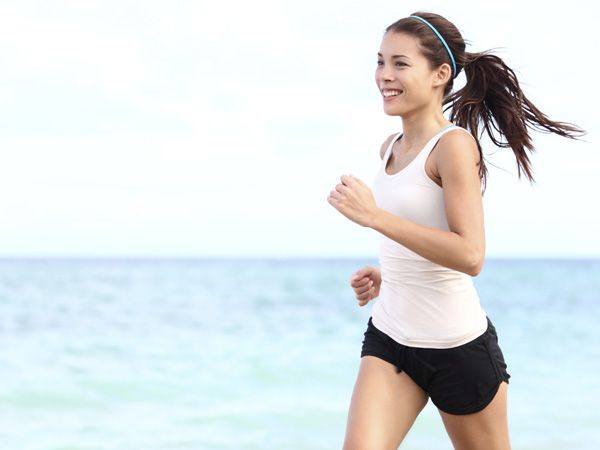
Recovering after a run is important in preventing injury
Orthopaedic Dr. Arun Mullaji prepares you for January’s Mumbai Marathon.
Temperature Control
The before and after are as important as the middle. Know the art of warming up and cooling down correctly to avoid injury
Warming up before a run, whether it a half hour session or a half marathon, is crucial to avoid injury and sore muscles. Warming up ensures that your muscles get blood flowing through them, your heart rate ups, and you are placed in the right mental and physical state to train. Warming up is far more effective than cooling down in preventing muscle soreness the next day.
Do not start running right away — you will risk pulling your muscles. Allocate time as follows: Warm up for 5 minutes, perform dynamic stretches for 10 minutes, begin your training session running leisurely for the first 5 minutes, then cool down, and follow it up with a few minutes of stationary stretches.
Warming up
First, slow walk for a few minutes before you ease into a brisk walk, and follow it up with light jogging. Do this for about five minutes. Once your muscles are warmed up, start with stretches.
Cooling down
The most important benefit of cooling down is to allow your circulatory system to return to normal. In other words, it prevents blood from pooling in your legs and causing dizziness or light-headedness from decreased blood flow to your brain. Cooling down is best accomplished by jogging at a slow pace, and moving into a brisk walk till you are breathing normally.
Once your breathing pattern is normal, end your session with stretches for your calves, hamstrings, quads, glutes, hip flexors. Finish it off with side stretches. The key to correct stretching is to hold a stretch for 15-30 seconds and repeat it several times. As far as easing muscle soreness goes, research has proved that performing easy low-impact aerobic exercises is more effective than stretches.
Let your body recover
Recovering after a run is important in preventing injury. When you first set out to run, do not run on consecutive days. You must rest for at least two days in a week. This not only prevents overtraining, but injuries too. It lets the muscle tears heal.
You can cross-train on days when you don’t run. This can include going to the gym to strengthen your core muscles, using a cross-trainer, rower, cycling, swimming and spinning. On your rest days, perform stretches, or build strength with yoga and pilates
.
As you get fitter, resist the temptation to rapidly speed up and increase your mileage. Instead, aim to increase the time or distance by about 10 per cent on your longest run each week.
Stretches
These can be stationary or dynamic. Dynamic stretches involve actively moving at high speed into a particular pose. They have a greater value than stationary stretches which involve holding a muscle in an elongated and fixed position for 30 seconds or so.
I’d suggest stationary stretches for cooling down. The idea behind stretching is to get your joints and muscles primed for the functional range of motion that will be demanded of them during running. Stretches help quickly loosen stiff and cold muscles, and up body temperature and blood flow. Here are three effective dynamic stretches:
Leg lifts
Performed by standing on one leg and swinging the other leg sideways — away from your body as much as you can — and then swinging it the other way across your body. Hold onto a support if you need to.
Lunge walking
This involves walking with a long stride, keeping the front knee over your toes while lowering your body by bending your rear knee till it almost touches the ground.
Quad stretches
Done while walking. When you swing your leg back, continue the motion so your heels come close to your buttocks. Repeat with the other leg.
Hamstring and calf stretches
Done while walking forward with your back and knees straight, and lifting your legs straight out in front of you as much as you can; try to touch your toes with the opposite hand.
Image courtesy: © Thinkstock photos/ Getty images
More on >> Fitness




